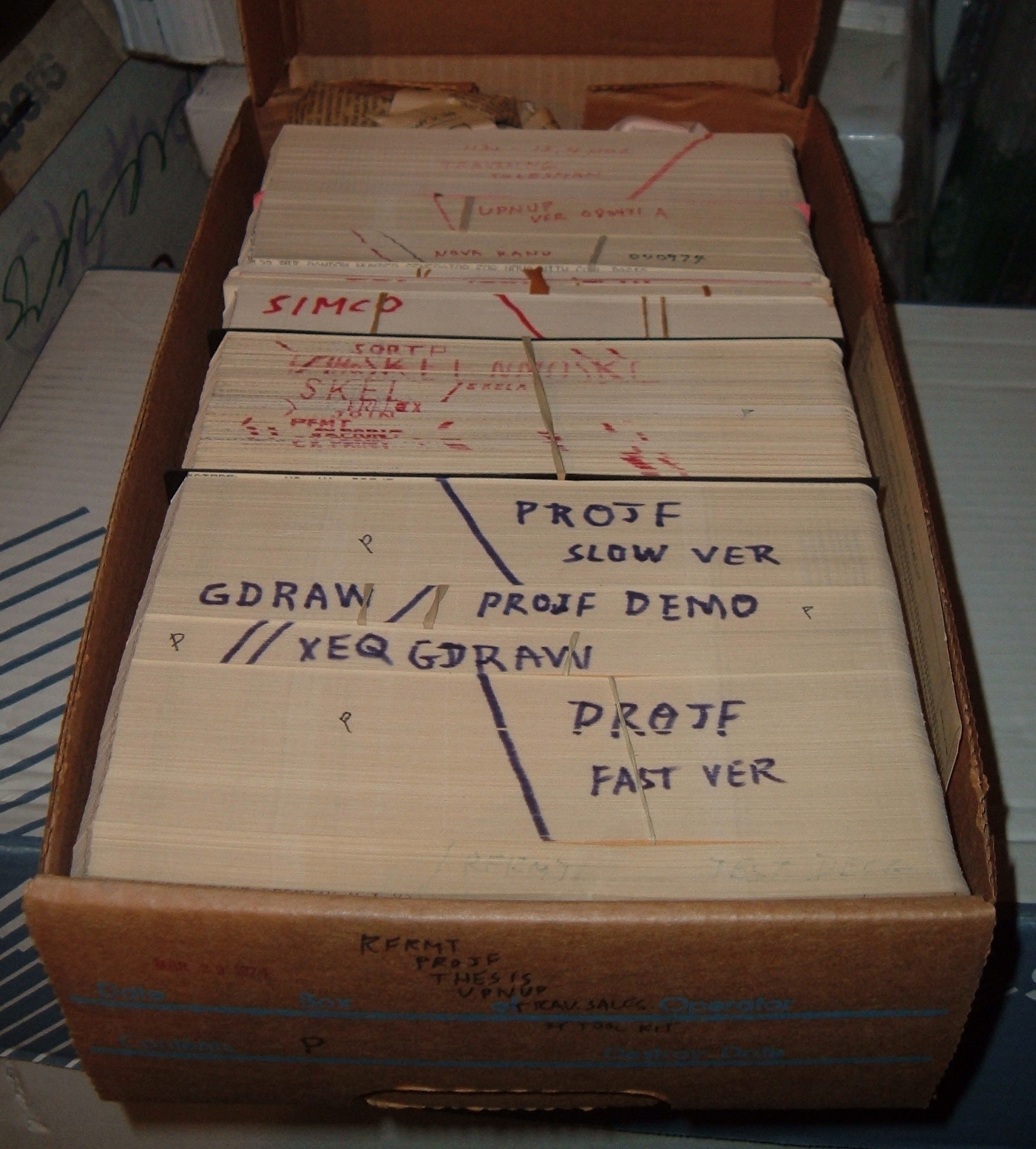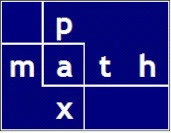The other day, Michael Harris mentioned Fortran IV and I had a queasy reaction.
PROGRAM
The program was handwritten on a Fortran coding form. The form helped the programmer and the keypunch operator use the correct columns.
The program was manually (and meticulously) typed on a keypunch machine one line of program per card. Spacing and column locations matter.
DATA
The input for programs was manually typed on a keypunch machine, one line of data per card. In the photo example, notice that the data wasn’t space delimited; rather it was formatted to fill certain columns. Data was very easy to mistype or misread.
REWORK
Any errors in programming or in data meant new punch cards — the old cards were trashed and new ones typed.
RECOLLECTIONS
Looking back on the book, the forms, the punch cards, I recall the crushing effect of the programming process in those days. The human programmer was required to develop a mathematical solution, then translate his mathematical thoughts into valid Fortran statements, form those statements precisely on paper, punch the statements on cards, run the cards through the card reader, check the printout for errors, rinse and repeat. Notice that the feedback cycle was quite long; for example, miscoding wasn’t caught on the form, it was caught much later on the printout. The ratio of manual tasks to the programming tasks tended to interrupt the flow of ideas that we expect nowadays.
PRODUCTION
There must have been a bright spot. Let’s say that came after the program was debugged and therefore suitable for production. The user could then take his ‘program deck’ of punch cards and simply append a new ‘data deck’. The various iterations of programs and data, each rubber-banded, were kept in office drawers ready to run across the street to the computer center. The computer center was open from say 7:00AM to say 11:00PM. Of course, the user was limited in how many runs and reruns would fit in his day.

Title Page

Particulars

Flow Chart
Allowable Stress in a Steel Column
1965 vintage

AC Circuit

Programming Form
Triangle

READ statement

Punch card

Punch card closeup

Punch card decks
Just for fun
A collection of Punched Cards

For example


